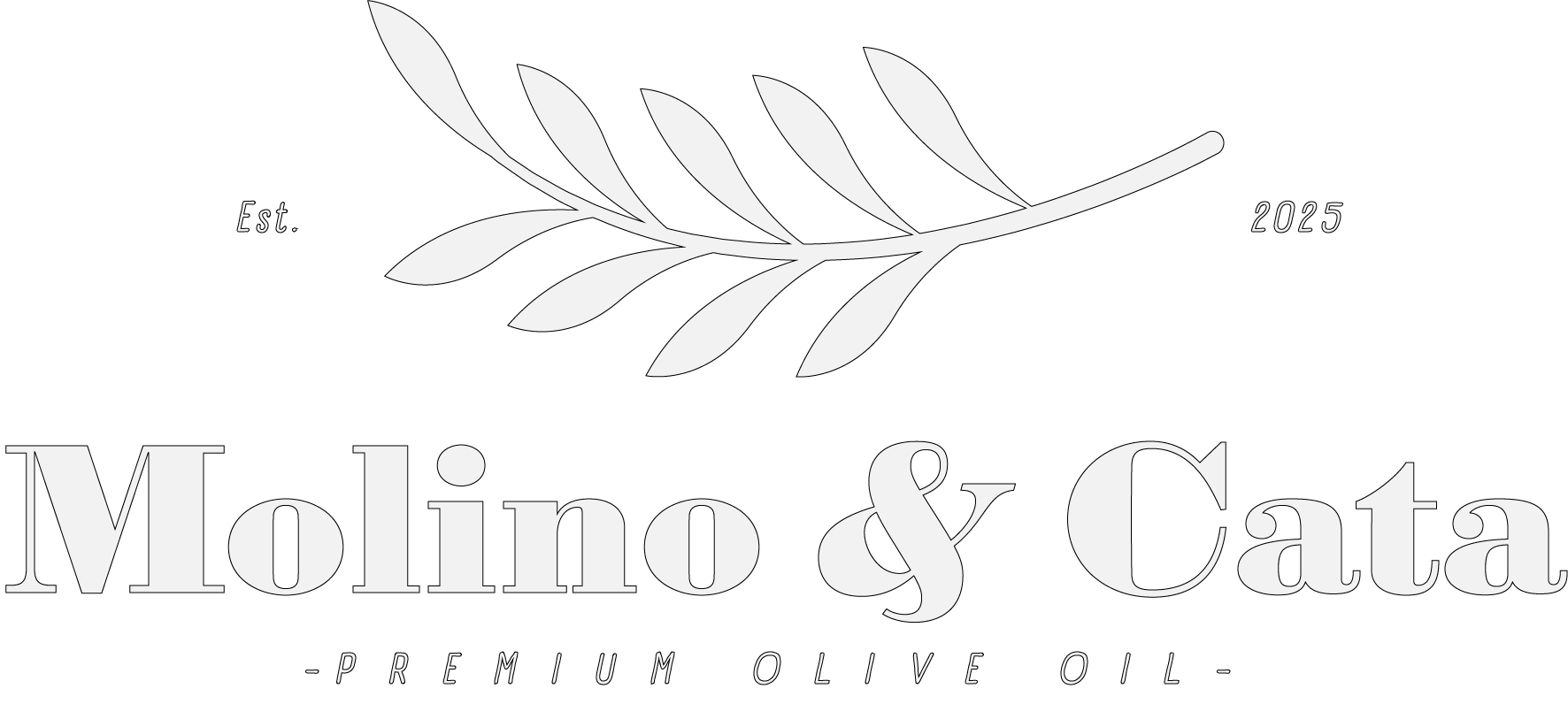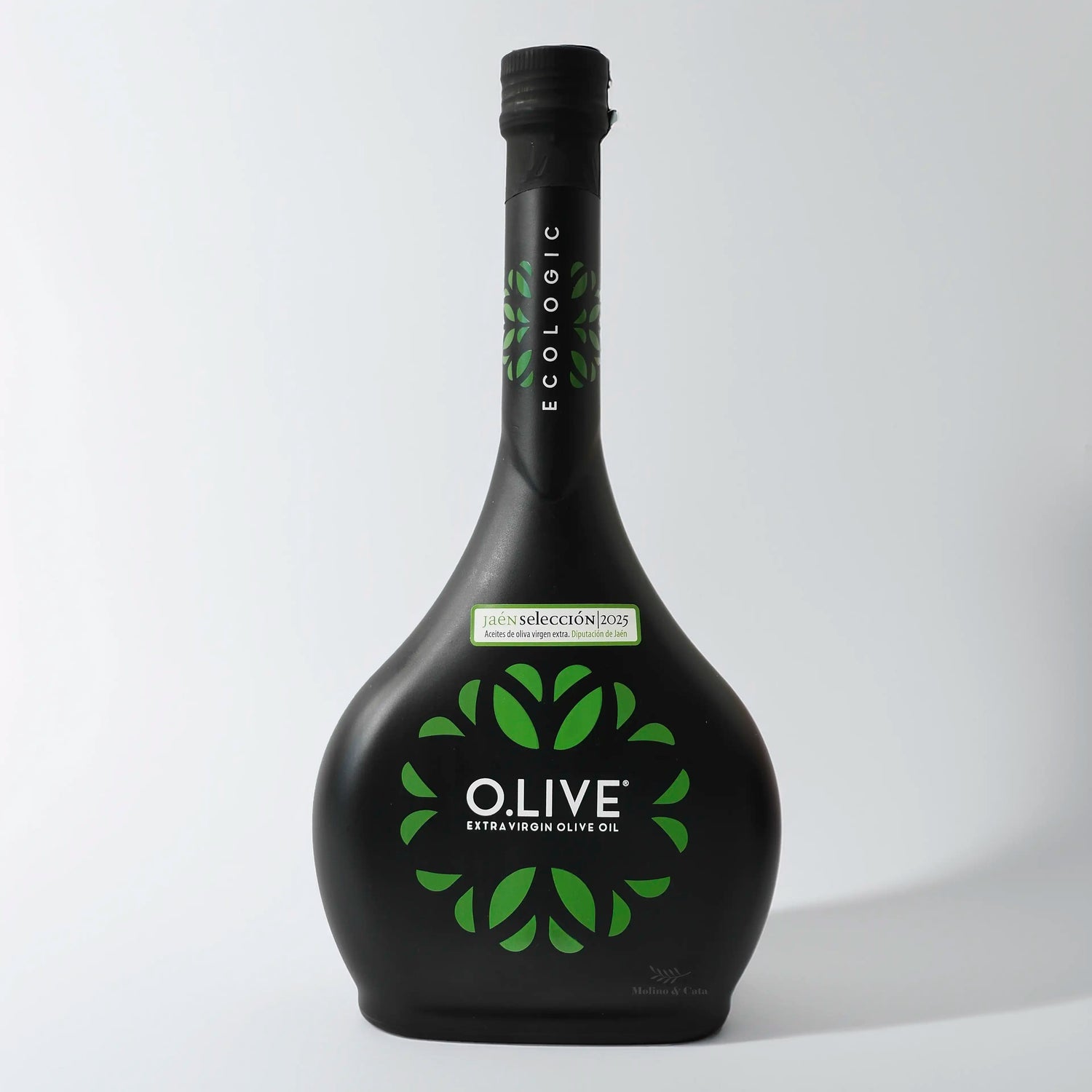
Why is Premium EVOO so expensive?
The price of Premium EVOO depends on several factors: the cost of the olives, the yield of the fruit, the bottling and distribution process, and the work required to get them to the consumer.
We occasionally encounter people who criticize us for the price of Premium EVOO. We must clarify that setting the price is a matter for each producer and brand, but we wanted to write an article explaining the different reasons behind setting the price of an early harvest Extra Virgin Olive Oil.
The price of olives at origin
Many brands work with their own olive groves. Others have to purchase olives from third parties. Still others have a hybrid strategy that consists of growing their own olives and purchasing a portion to complete production.
In any of these cases, the price of olives depends on various factors, the most prominent of which are two: demand and quality.
Demand depends on the market and is more or less inelastic. This means that if the price rises sharply, demand will decrease, but it's rare for people to stop consuming EVOO. Quality depends on rainfall, treatments, and other climatic factors.
Premium EVOO contracts are negotiated for olives. Producers purchase from farmers at a fixed price per kilo. They visit the farms, conduct their studies, and finally make the purchase. In the 2024/2025 season, prices for olives ranged between €1 and €1.20 per kilo, although some varieties reached €1.80 per kilo.
The yield of the olive
To produce high-end olive oils, the olives must be harvested at their peak ripeness. This means they are not fully ripe. The oil yield (the oil we can extract from each olive) is lower than when they are fully ripe. This depends on many factors, but we find yields ranging from 8% to 14%, with an average of around 10%.
In other words: To extract one liter of oil, we need approximately 10 kg of olives at their peak ripeness. If we consider that these olives were sold at €1.10 per kilo, we can begin to imagine where the price comes from.
Losses in the manufacturing process
During the production process, and to ensure the quality of the oil, it is necessary, first of all, to discard the first few liters of production at the mill each day. This is known as carryover. This depends on various factors, but generally we will lose 50 or 100 kilos of oil because we don't want to mix oil with defects in our premium oil.
Major brands work with high production, but there are brands that only produce five or six thousand kilos of premium oil. Sometimes less. This means losing another 1-2% due to carryover, plus another 2-3% due to other factors such as processing, storage, decanting, and filtering issues.
If we do the math, we see that producing a liter of premium oil can cost between €10 and €15.
Bottling and distribution
Now it's time to add the bottling. The price here can vary greatly, but we could say that a bottle used in the premium market can cost between €2 and €5. If we also add a case, we'll add between €0.50 and €1 more.
Added to this is the cost of getting the product to distributors, paying taxes, and assuming potential losses. Another €2-3 per bottle. Plus €1 for shipping costs.
If we do the math, we can see that in many cases, delivering our oil to a store costs, on average, around €6.50 for every 500ml, around €2.50 for the bottle, and another €1 for shipping to the store. This is €10, not including taxes.
That oil probably sells for between €13 and €16, not including shipping, packaging, and storage costs.
Conclusion
No one gets rich in this process. Surprisingly, producing and selling premium oils isn't the stuff of Ali Baba and the 40 Thieves . For every bottle of oil, we pay a portion to the producer, the mill, the bottle maker, the distributor, the store, and finally, the brand. Many people are involved in the process, and the state also takes a cut.
We wanted to write this article to clarify something we believe is important: to highlight a difficult, complex, and highly risky task. We'd like to thank all the producers who strive to promote this EVOO culture. The culture of the Mediterranean.
Share















